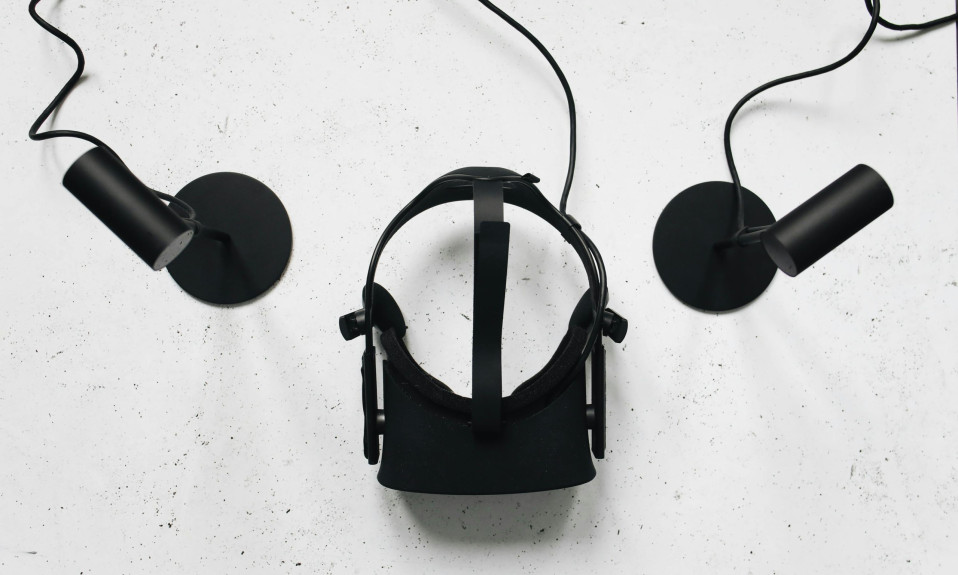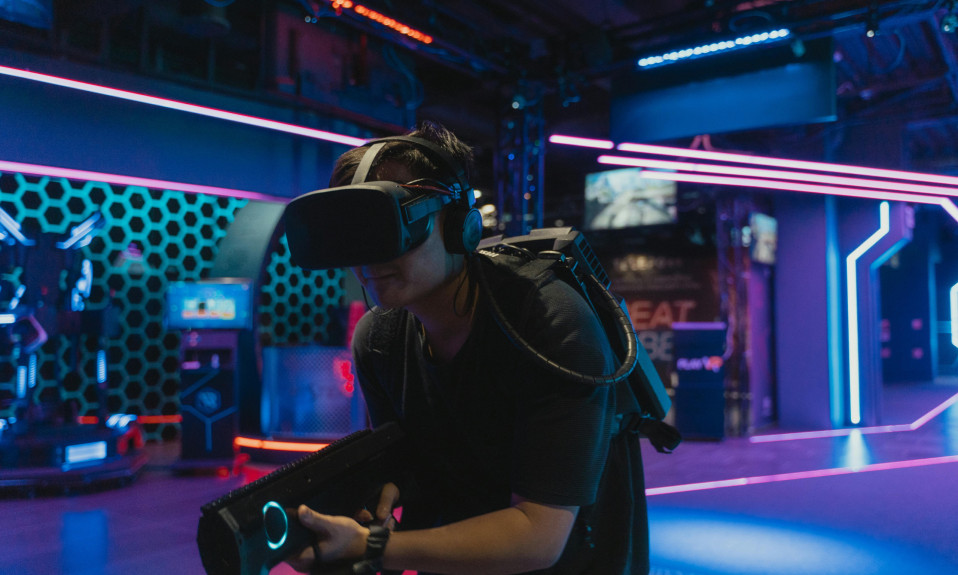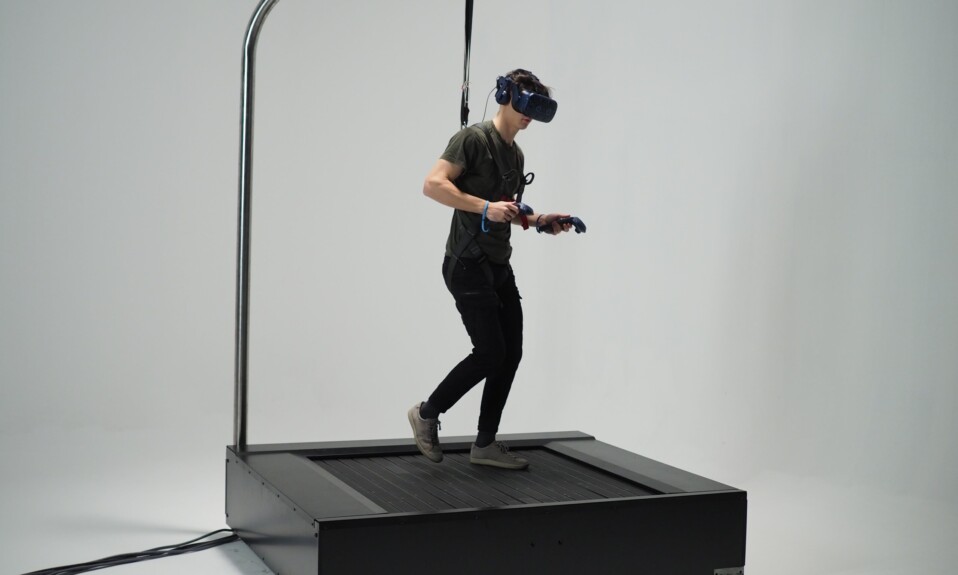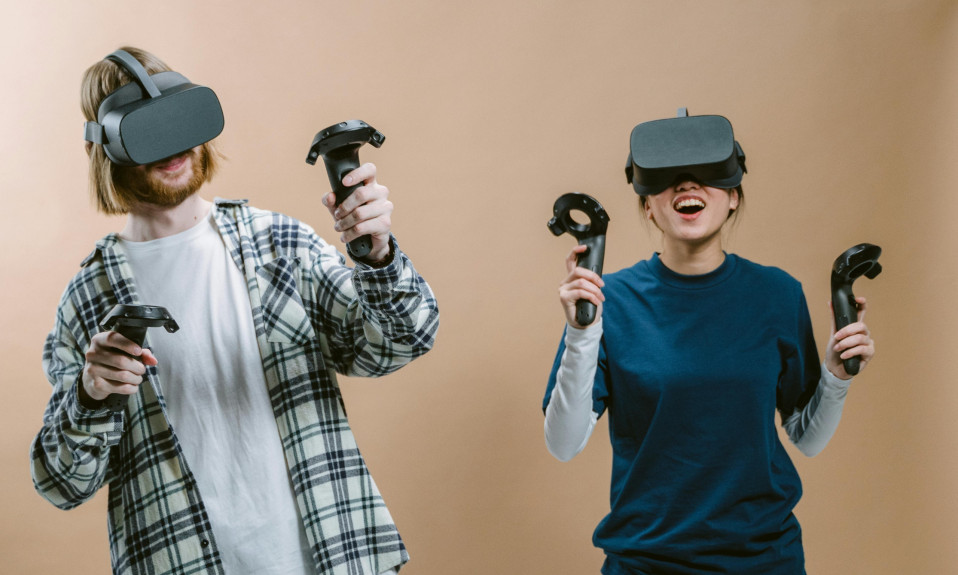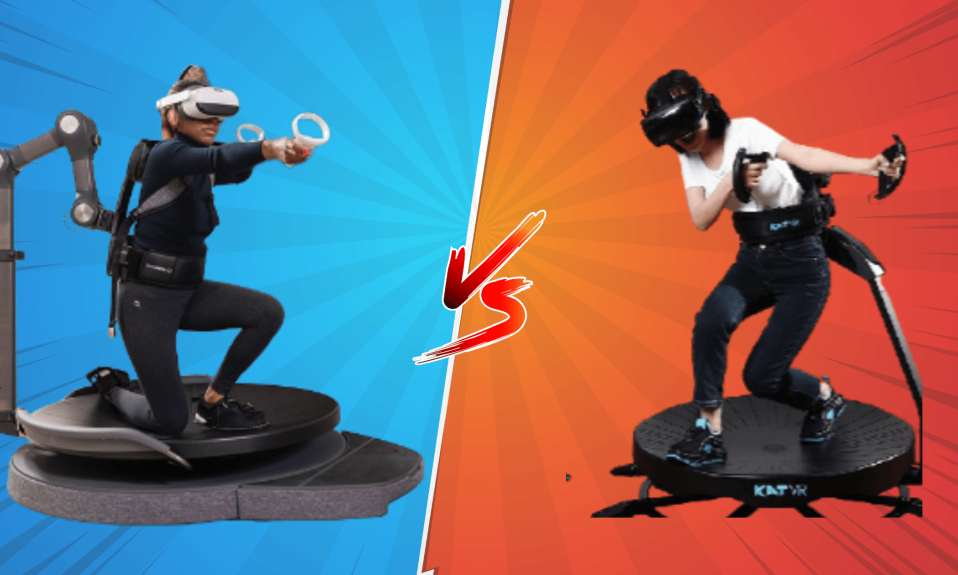For beginners early in their virtual reality journey, the choice between PCVR, console, and standalone headsets can often feel overwhelming.
When choosing a VR headset, beginners must consider the types of games and experiences they want to explore with the technical setup required for each device.
By understanding these factors and setting a budget, prospective users can streamline their transition into virtual reality.
PCVR, short for computer-based (PC) virtual reality, refers to virtual reality systems that require a connection to a personal computer for processing.1
The mechanics of VR, which includes graphical processing and rendering, are handled by the computer, while PCVR headsets primarily serve as display devices.
Some PCVR headsets feature built-in inside-out tracking using onboard cameras, while others rely on external base stations for precise positional tracking.
PCVR comes in two forms—wired and wireless PCVR—depending on the user’s hardware and setup.
Wireless PCVR often requires additional accessories, such as a wireless adapter (for headsets like the Valve Index and HTC Vive) or software solutions like Virtual Desktop or Air Link (for the Meta Quest series).
For some users, PCVR is plug-and-play. However, this isn’t always the case, as differences in hardware, firmware, and user experience can introduce unexpected challenges.
Despite VR’s growing adoption, PCVR setups often remain more complex than standalone alternatives.
This article provides a beginner’s guide to PCVR, exploring its nuances relative to standalone VR headsets.
Without further ado, let’s delve in.
Don’t let foggy lenses or sweaty palms ruin your VR experience. Grab our free guide on Essential VR Accessories and start enjoying smoother, longer sessions.
Click Here to Download your FREE Guide!
Quick Navigation
PCVR vs. Standalone Headsets – The Ultimate Showdown
PCVR and standalone headsets provide unique lenses through which users experience virtual reality, with variations in graphics quality, immersion levels, and other factors influencing their perception.
However, like the rivalry between popular mobile device makers, PCVR and standalone headsets have their communities, dedicated fan bases, and passionate advocates.
Some users argue that choosing between PCVR and standalone headsets depends on experience level and technical expertise, while others prioritize convenience, affordability, or personal preference.
This section provides detailed comparisons of wired PCVR, wireless PCVR, and standalone headsets, highlighting their nuances, distinct features, and specifications.

| Features | Wired PCVR | Wireless PCVR | Standalone Headset |
| Connection Type | Wired | Wireless | Self-contained |
| Graphics Quality | Highest | High | Moderate |
| Base Stations | Depends | Depends | No |
| Inside-Out Tracking | Not typical | Yes | Yes |
| Latency | Lowest | Moderate | Lowest |
| Modding & Customization | Yes | Yes | Limited |
| Portability | Low | Moderate | High |
| Game Library | Expansive | Expansive | Moderate |
| Mobility | Limited | High | Maximum |
| Accessories | Extensive | Moderate | Limited |
| Hardware Upgradability | Yes | Yes | No |
| Pricing | Expensive | Expensive | More Affordable |
Graphics Quality and Performance
PCVR’s primary advantage over standalone alternatives is its ability to deliver high-fidelity graphics, responsiveness, and performance.
By offloading complex computations to a personal computer’s GPU, PCVR renders high-resolution visuals with greater detail and immersion.
The quality of VR experiences largely depends on hardware components, giving PCVR an edge over standalone headsets, specifically through the upgradability of PC components.
Wireless PCVRs generally offer superior graphics. However, their reliance on wireless data transmission introduces potential latency and compression, which may impact the quality of VR experiences.
In contrast, standalone VR headsets integrate all necessary software, hardware, and firmware into a single compact unit, allowing for untethered VR experiences without relying on a PC.
Beginners seeking the best VR experience with high-quality visuals and performance will find wired PCVR the most suitable option.
I do not want a discount, said no one ever! Upgrade your VR setup today with top-tier accessories—use code META20 for 20% off + free shipping on orders over $15. Level up your VR experience now ➡️ Shop & Save!
Positional Tracking – Base Stations and Inside-Out Systems
PCVR systems typically use external tracking devices called base stations or lighthouses to precisely track the position and movements of VR headsets and controllers.
Base stations detect motion using wireless pulses and laser lines. They’re most effective when mounted in prime positions, such as adjacent walls, to maximize visibility within an enclosed space.
Conversely, wireless PCVR and standalone VR headsets rely on inside-out tracking, which uses built-in cameras and sensors to track user position and spatial orientation.
However, hybrid-wired PCVR headsets combine the benefits of base stations and inside-out tracking for enhanced precision.
Modding, Customization, and Game Library
For some users, modding and customization are the ultimate appeal of PCVR—the freedom to modify native desktop applications to include VR functionalities and customize native VR games to suit their needs and preferences.
With most native desktop and VR game developers focusing on PC-based applications, PCVR communities often provide extensive support for modding and customization.
This results in an ever-expanding PCVR game library, unlike standalone headsets or consoles, which face game limitations, hardware constraints, and manufacturer-imposed restrictions.
Dedicated PC gamers typically use high-performance computer systems for modding and seamless gaming experiences. Gamers seeking to transition into virtual reality will find PCVR the most suitable option.
Mobility, Portability, Accessories Requirement and Price Differences
Trade-offs are unavoidable with virtual reality headsets and accessories, much like in the broader tech gadget ecosystem.
The opportunity cost of superior graphics quality in VR is often affordability, a seamless setup process, and fewer accessory requirements.
Standalone VR headsets are beginner-friendly and favored for their ease of use, portability, and affordability.
Unlike PCVR, standalone headsets operate independently—they do not require tethered cables or wireless connectivity via Steam Link or Air Link.
It makes standalone VR setups more accessible and cost-effective due to fewer accessory requirements and a seamless setup process.
Standalone VR setups are also more portable than PCVR, as they typically consist of a compact headset and a pair of controllers—allowing for greater mobility across various locations.
For prospective users looking to explore virtual reality in a portable and budget-friendly way, standalone VR headsets offer the most accessible entry point.
However, this choice comes at the expense of high-fidelity graphics, an expansive game library, and the freedom to enhance or customize VR experiences.
Final Thoughts: PCVR vs. Standalone Headsets – Which is the Better Option?
There is no definitive answer to this question—the “better option” for a prospective user exploring VR for the first time will differ from that of a dedicated VR gamer with years of experience.
Therefore, beginners should consider key factors such as game preferences and experiences, technical requirements, and budget constraints.
Standalone VR headsets are affordable, portable, and beginner-friendly, allowing users to experience without requiring a personal computer.
PCVR, on the other hand, is more expensive and requires a connection to a personal computer for processing. However, it delivers high-fidelity graphics and enhanced virtual experiences.
Ultimately, the choice between PCVR and standalone headsets depends on individual needs and preferences, as both options have merits, drawbacks, and distinct characteristics.
Don’t let foggy lenses or sweaty palms ruin your VR experience. Grab our free guide on Essential VR Accessories and start enjoying smoother, longer sessions.
Click Here to Download your FREE Guide!
Reference:
- Ikarus VR (2024, March) PCVR vs Standalone VR Headset: Everything You Must Know About VR Headset. Retrieved April 3rd, 2025. ↩︎

